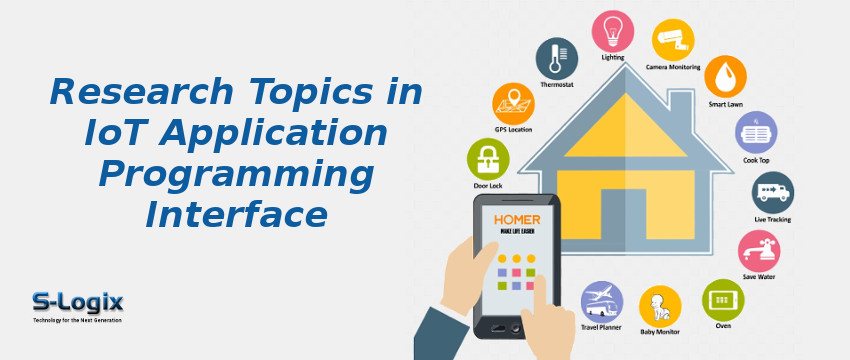The Application Programming Interface (API) is a computing interface that permits interactions among different kinds of software in an IoT environment. Generally, the IoT environment in real-time applications provides an opportunity to make digitalized smart applications. Hence, the API is a significant tool for the connected “things” of the “internet of things.” IoT APIs are used in connecting the IoT device with the internet or other elements within the network. APIs offer an interface between the internet and the devices over multiple IoT devices connected to the network. The important API applications are sensor reading, smart city analyzing, smart campus data analyzing, voice command utilization, automate home appliances, proximity beacon management, modern automatic vehicles, edge computing management, and handling industrial equipment of manufacturing companies. Garmin health, google assistant, home assistant, unofficial tesla model S, ubidots, apple homekit, caret, amazon Alexa home skills, and wink are the most commonly used APIs for IoT environment.
